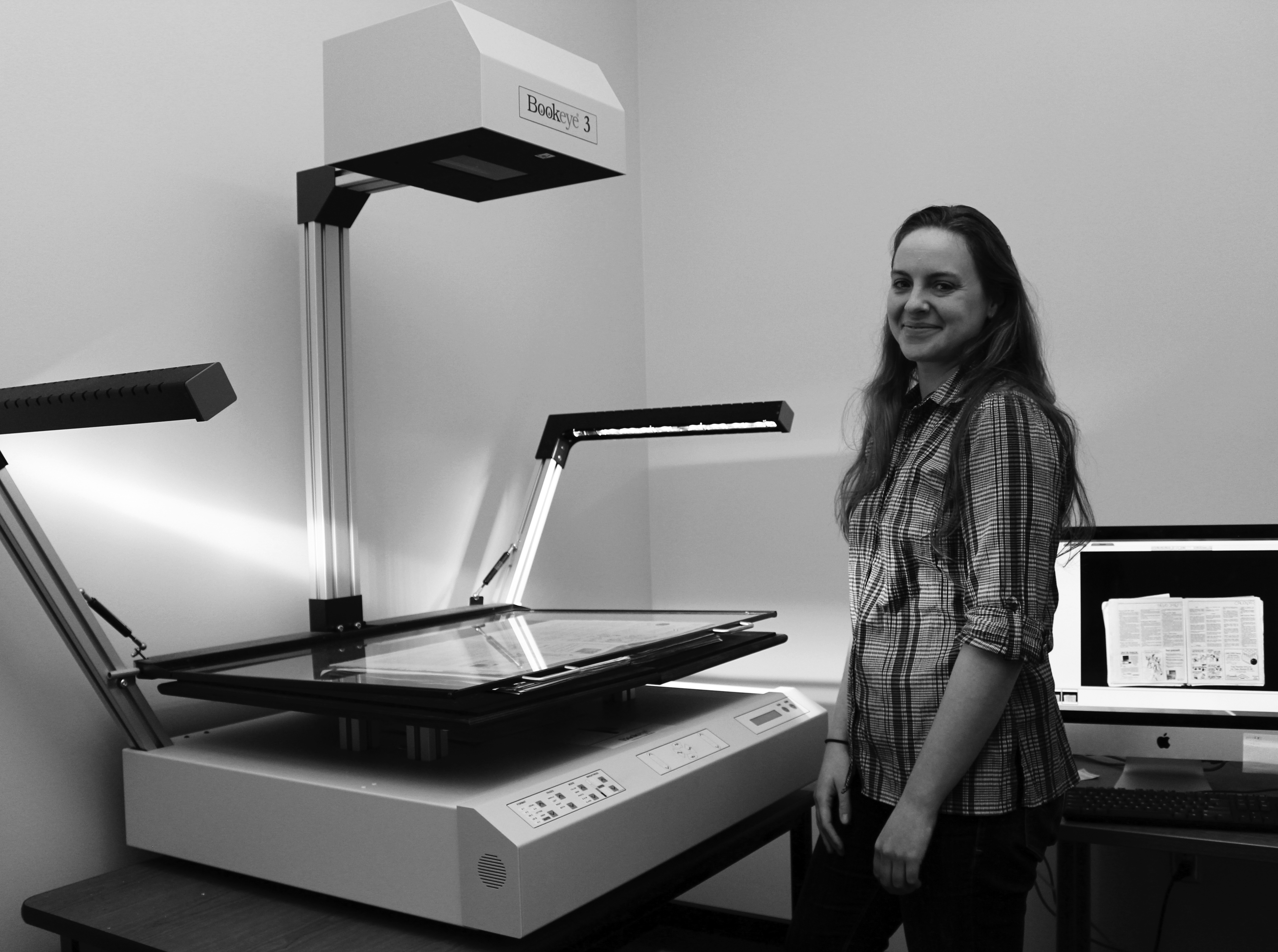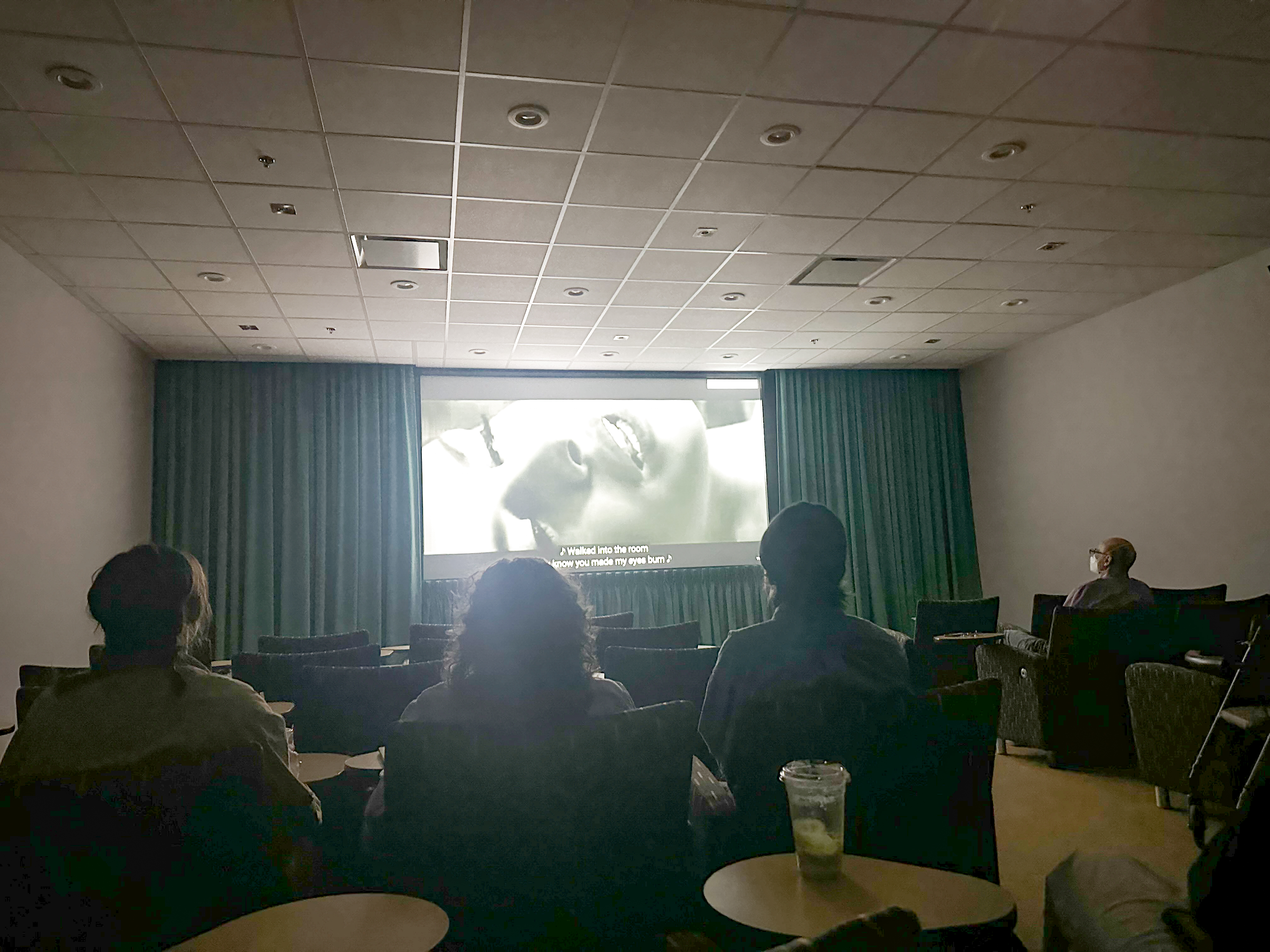To preserve Laramie and UW history, Coe Library’s digital collections is undergoing a project to digitize past issues of UW student newspapers beginning from 1898.
UW student media has enjoyed a rich history dating back to the late 19th century. The first issue of a student newspaper was released in 1898 under the name, “Wyoming Student” and it wasn’t until 1922 the “Branding Iron” made its debut on UW’s campus. The two newspapers ran intermittently for several years before the BI took the stage as UW’s primary student newspaper.
Digital copies of student newspapers can be found on UW Digital Libraries’ website. The collection currently consists of “Wyoming Student” issues from 1913 up until “Branding Iron” issues from 1979.
Amanda Lehman, a librarian with the digital collection, and a UW alumna, is heading the effort to make Laramie history available to all. Lehman, a former “Branding Iron” writer herself, discusses the importance of a project like this.
“It’s fun to think that I will be promoting student work, even from 100 years ago. And then eventually maybe mine too, or current student work, [which is] hopefully read by some folks who either miss the University or are paying attention [to the University],” Lehman said.
As the project continues, the library is hopeful that they can fill the empty spots in its collection and digitize newspapers from 1898 up to current student work. UW Digital Libraries works to maintain the URLs of the downloaded newspapers to keep them permanently available on the site. Issues presently available on the site can be downloaded as a PDF and shared on Facebook. Eventually the collection will be available on the Digital Library of America.
Lehman is also planning to do research through the development of the project.
“I’d be very interested to trace what the town looked like through time,” Lehman said.
She is also interested in the possibility of using facial recognition to create a more visual project. Her project is still in its earliest phases, and although her goal is clear, the means by which to achieve that goal are still uncertain.
The library employs several undergraduate students to aid in the process of scanning the newspapers and sorting them online, student James Kinsey is one. It is Kinsey’s job to scan the image, adjust the frame, perform image treatment and then export the image for every page.
“It is a very interesting job. I’ve seen some really old issues. I particularly like seeing the old issues that have the section for April Fool’s Day entitled the ‘Babbling Idiot,’” Kinsey said.
While past issues of the “Branding Iron” can provide lighthearted moments like the “Babbling Idiot,” it also opens a portal into Laramie’s past. Readers may be surprised to find vintage cigarette ads from the 1950s or realize that a six-day lift ticket to the Medicine Bow Ski area, now Snowy Range, cost only 15 dollars in 1963.
For UW alumni, the collection serves as a reminder of their time in Laramie and a reflection of the changes and historical events that the university has witnessed throughout the years.
Librarian and member of the UW graduating class of 1982, Cindy Kellogg, has enjoyed the project as it has allowed her to remember Laramie’s past.
“There are just some things that don’t ever change, even though you’d think they would,” Kellogg said. “It’s fun to go back and see how things have changed. [Like] how many renovations the Union has undergone, and how Prexi’s Pasture has changed.”
UW student media newspapers offer unique student perspectives on major events through Wyoming, American, and world history. For instance, Kathy Karpan, former “Branding Iron” editor, wrote a moving editorial piece in the December 6, 1963 issue covering the assassination of John F. Kennedy.
A nameless writer in 1941 documented the post Pearl Harbor hysteria that engulfed UW and campuses across the country.
In 1917, the “Wyoming Student” prepared its readers for the dark days ahead after the U.S. declared war against Germany.
Providing a medium where history is cataloged grants students, researchers and the general public the ability to place themselves on UW’s campus during times in American history.



